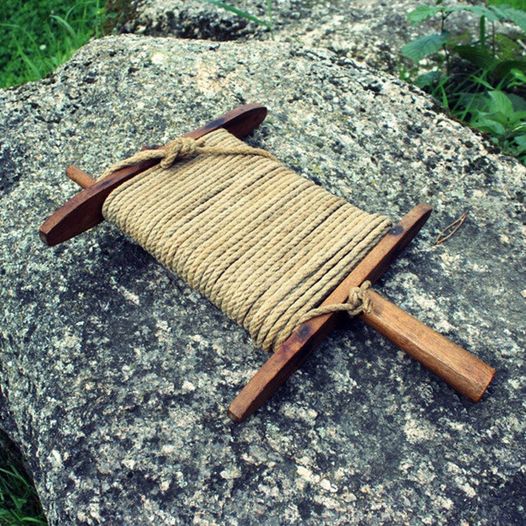The vintage garden row marker, a quintessential tool for gardeners, has a rich history rooted in agricultural tradition. Originating in the late 19th to early 20th century, these markers were crafted to help gardeners and farmers organize their planting rows efficiently. Initially made from durable materials such as wood or metal, they served as an essential part of maintaining order in large gardens and farms. The design of these markers often reflected the craftsmanship of the era, with intricate details and sturdy construction.
Usage
The primary function of the garden row marker was to delineate planting rows clearly. Gardeners would place these markers at regular intervals to ensure consistent spacing between plants. This not only facilitated organized planting but also helped in managing crop rotation and maximizing yield. The markers often featured labels or numbering systems, allowing gardeners to track different varieties or stages of growth. In larger farms, these markers played a crucial role in efficient land management, guiding the layout of crops and optimizing field space.
Legacy
The legacy of the vintage garden row marker extends beyond its practical use. These markers symbolize a time when gardening was a meticulous and methodical practice, deeply intertwined with craftsmanship. Today, they are cherished by gardening enthusiasts and collectors as nostalgic artifacts. Their aesthetic appeal and historical significance have led to their inclusion in garden decor and educational displays. The vintage garden row marker serves as a reminder of the evolution of gardening tools and the enduring importance of order and precision in agriculture.

Leave a Reply